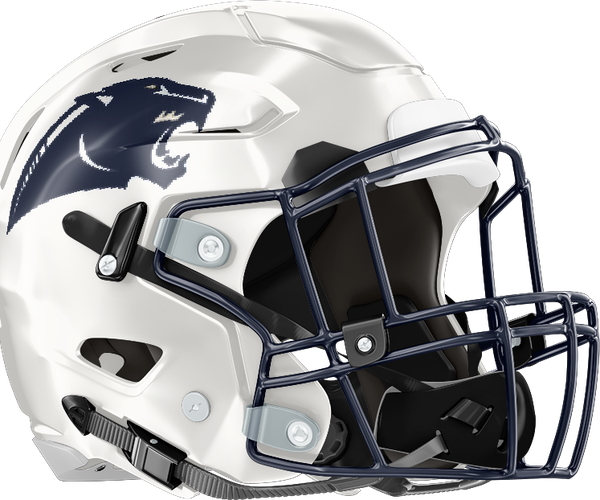Throughout my life, I’ve had a back-and-forth relationship with college basketball.
Early on, basketball was nothing more that some strange ‘other sport’ that definitely baseball and thus was of no concern to me. Even though my adolescent years aligned perfectly with Michael Jordan coming into his prime, the entire sport was just something else that was on ESPN while I waited for baseball season to begin again.
And while the NBA never has made much headway in my hierarchy of sports preferences, the preteen version of me eventually came around to college hoops. Once I was old enough to actually play competitive sports, I always needed some form of televised competition to placate me when I wasn’t actually on a field.
For a central Pennsylvania climate that isn’t exactly conducive to baseball in the early months of the year, that meant that I had to brush up on 3-pointers and pick-and-rolls to keep myself satisfied. And that often meant turning to the college game.
Despite the NBA’s popularity in the mid-90’s, there wasn’t a constant stream of pro games on television. Instead, the games that could be found almost every night - and that aired before my bedtime - showcased the country’s top collegiate teams. As I spent countless nights bouncing around in my basement with the basketball rim affixed to the wall - mimicking the moves I saw on TV - I eventually started to absorb the histories of many of the best college programs in the country.
A few more years down the line brought about a full appreciation for the awesomeness and insanity that is March Madness. The late 90s and early 00s were filled with some of the best Cinderella stories in tournament history, making every game of each year’s tournament appointment viewing for me.
But then the rules changed a bit.
Beginning in 2004, high schoolers were no longer allowed to make the leap straight to the NBA. And while I think that rule prolongs the careers of some kids who would otherwise fade into obscurity after overestimating their abilities as 18-year olds, the college game got the short end of the stick.
With the handful of NBA-caliber players coming out of high school each year forced to find a college to play for, things got interesting. But unfortunately for the college game, the benefits of adding some elite talent was weighed down by the baggage that came with the ‘one-and-done’ players.
At first, things went rather smoothly. Some schools stayed away from high school recruits that were sure to skip town for the pros after their mandated year in college. A few other universities chose to become stop-gap outposts for those players, allowing teenagers to posture as one-season mercenaries.
As fun as it was to see a couple of quasi-NBA teams try to go through entire seasons with a target on their back, it sort of cheapened the former excitement of the college game. Power conference teams without one-and-done players were content to take a few losses and a lower seed in the national tournament and their lack of urgency resulted in plenty of uninspired basketball. Similarly, mid-major powers saw a decrease in their national standing as they routinely lost out on popularity contests to bigger schools with star freshman that were headed to the NBA.
The last couple of seasons have seen college basketball improve immensely - due mostly to the fact that the ‘one-and-done’ philosophy is becoming less of a fad.
Now that there is no NBA market for current high school seniors, there is less of a feeding frenzy amongst potential pro teams, agents and shoe makers. There has been a similar lessening of interest in pressure moving down the line. And I can’t say it’s sad to see a lack of middle schoolers being asked about their ‘certain’ future in the pros or about what shoe deal they’ll sign.
The mellowing out of all of the pressure on teenagers is turning out great for colleges.
Sure, there are plenty of guys who will come and go within a year’s time. But with the mandatory year of college in place, there is less immediate pressure on high school stars. As such, a few of those stars have ended up at schools that don’t focus on one-year wonders.
In the same vein, colleges with a good track record of developing talent are starting to grow as former high school stars who had previous visions of a quick trip to the NBA are realizing the benefits of improving their draft stock with extra experience at the collegiate level.
In just under a decade, college basketball has managed to bottom out as a league with a handful of teams with three superstars, only to build itself back up as a much more diverse and evenly spread out proving ground for talent. If this trend continues, the quality of college play will get better while college superstars will have a much better idea of how they stack up against good competition before potentially leaving early for the professional ranks.
And - on a selfish note - that kind of parity and competitiveness makes for much more exciting nights for all of those kids playing along in the basement or out in the backyard.
The path of college basketball from good to great





